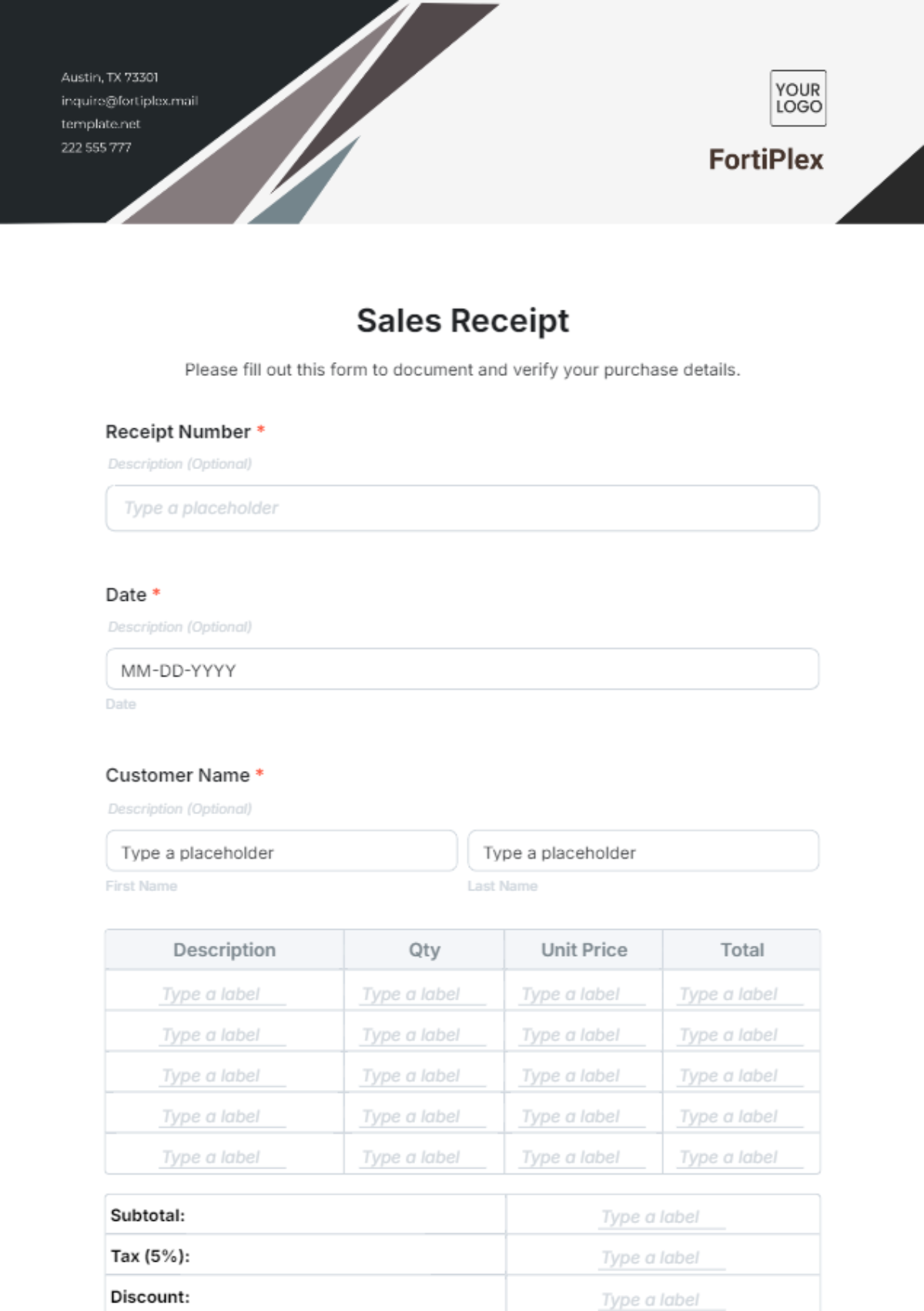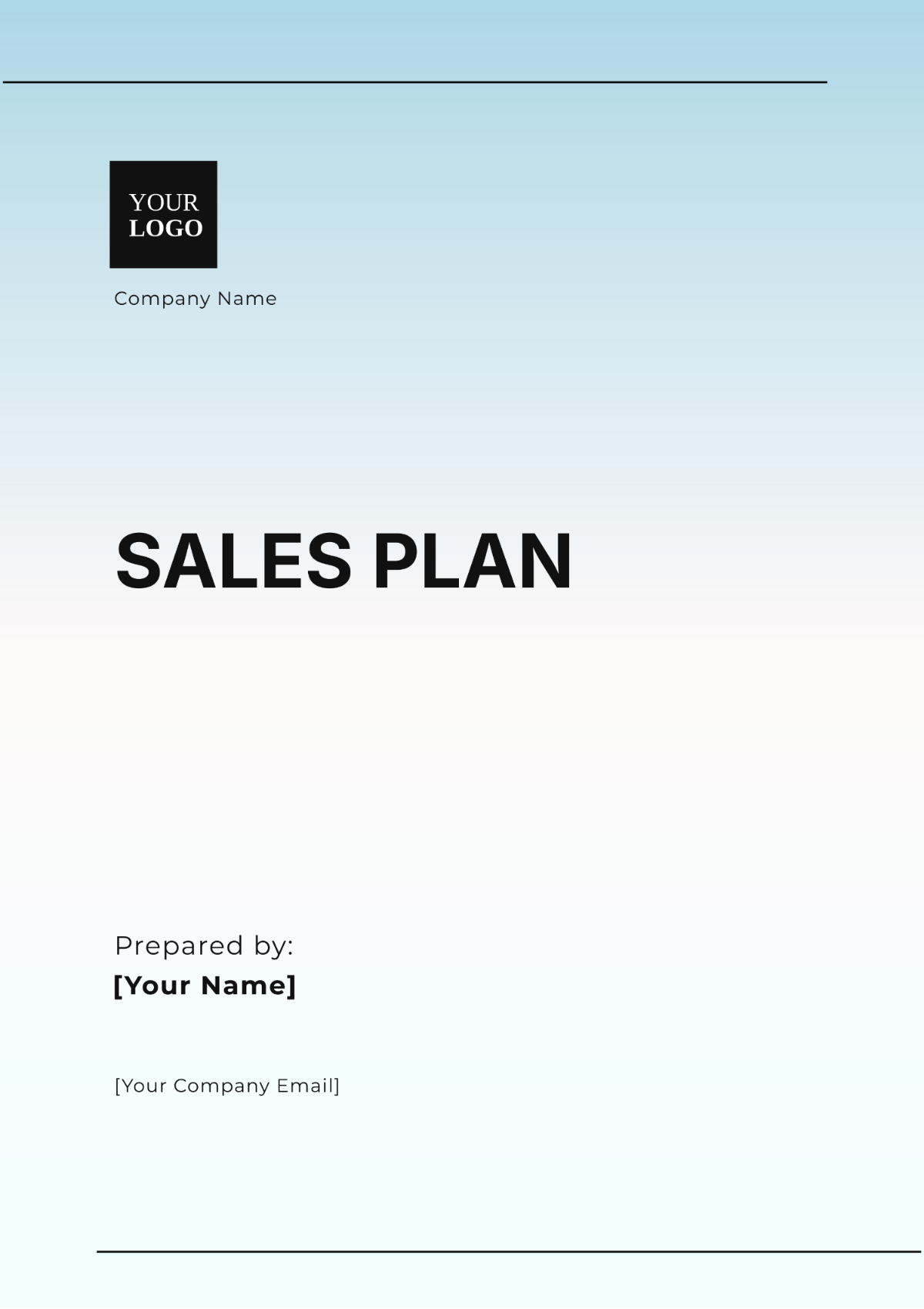Free Sales Lead Nurturing Guide
Maximize sales opportunities with Template.net's Sales Lead Nurturing Guide Template. This editable and customizable tool offers strategies to cultivate relationships and drive conversions. Tailor content effortlessly using our Ai Editor Tool to align with your brand's needs. Enhance lead nurturing efforts and accelerate sales growth with precision and ease.




























